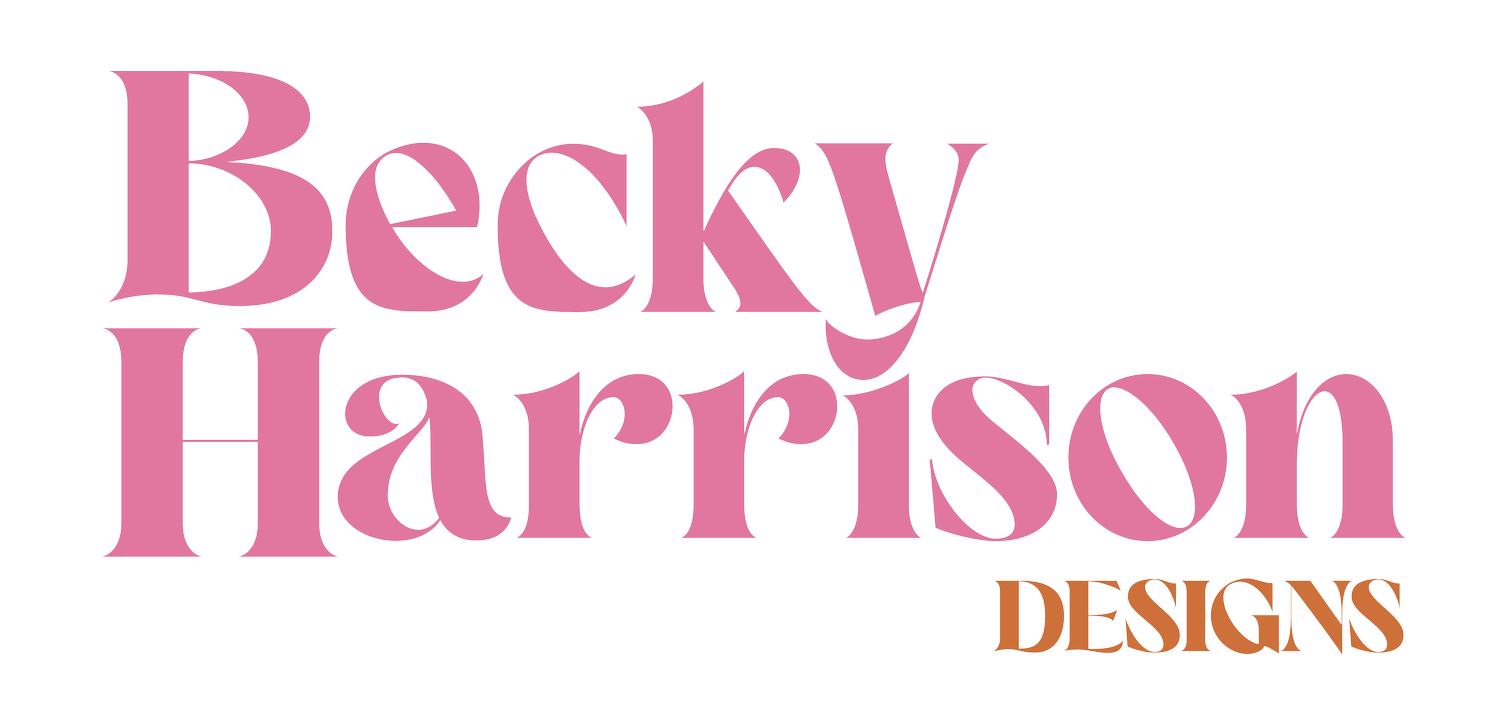Sustainability In Interior Design Series - Week 3
Designing Sustainable Kitchens
Sustainble Kitchens are easier to design than you might think
Welcome to week 3 of our series exploring sustainable design in interiors. This week we are going to deep dive into kitchen design, so grab a cuppa, get comfy on your sun lounger and lets dive in!
When designing a sustainable kitchen it is essential to embrace a considered holistic approach from the start allowing you to consider energy efficiency, water conservation and the use of sustainable materials.
Manufacturers have over the last few years upped their game when it comes to designing innovative “smart” products that minimise consumption from washing machines that weigh the load and adjust water requirements accordingly to products made with sustainable and/or recycled or even waste materials.
If you installing a new kitchen your first thought should be what is going to happen to my current kitchen? There are companies such as Rehome and The Used Kitchen Company who will sell it for you. Or you can sell it yourself through sites like Facebook Marketplace or give it away on freecycle. Even if your kitchen is old, there will be parts that could be reused such as in a garage or utility room.
When choosing your kitchen here are the key questions to ask :
1) How much waste is generated in your production and what do you do with it?
Wastage can be high in many production lines, get curious and ask what happens to the waste.
2) What is the companies carbon footprint?
If they don’t know, walk away and find a company who does. Even better are those who are actively working to reduce or eliminate it completely.
3) How durable is the product?
Nothing is more sustainable than a product that is built to last. Ask what their policy is for breakages and maintenance.
4) What is the end of life disposal process?
Kitchens should last for 2- 3 decades but ask how the materials can be recycled when you do replace them.
Perfect products are few and far between but ensure you take time to check out the companies eco credential before you commit to buying. Look for brands with sustainability policies on their website and be wary of green washing statements!
Appliances
What makes an environmentally friendly appliance?
Firstly, take a look at what it is made from- ideally from recycled materials and easy to recycle materials such as glass, steel, brass and aluminium and without any single use plastic.
Investigate the companies green practices? Where do they source the materials from? Do they use renewable energy, recycle water used during manufacturing and what do they do with their waste?
Check out the energy label – all appliances have a colour coded label from A to G – those rated A or higher will consume less energy and reduce your water usage.
Key to increasing the lifespan of your appliance is how easy it is to repair and maintain. Also check the warranty detail and length keeping it working is key to avoiding unnecessary waste going to landfill.
Remember washing at a lower temperature reduces energy
Companies To Champion
Blake & Bull family owned company offers full reconditioning service and transformation of old aga range cookers into new solutions – creating like new cookers using parts up to 82 years old
Reusing original cookers saves huge amounts of energy & replacing fossil cookers with electric massively reduces carbon emissions.
I’d love to hear your views. How have you designed your kithcen to be more sustainable?
Becky x

